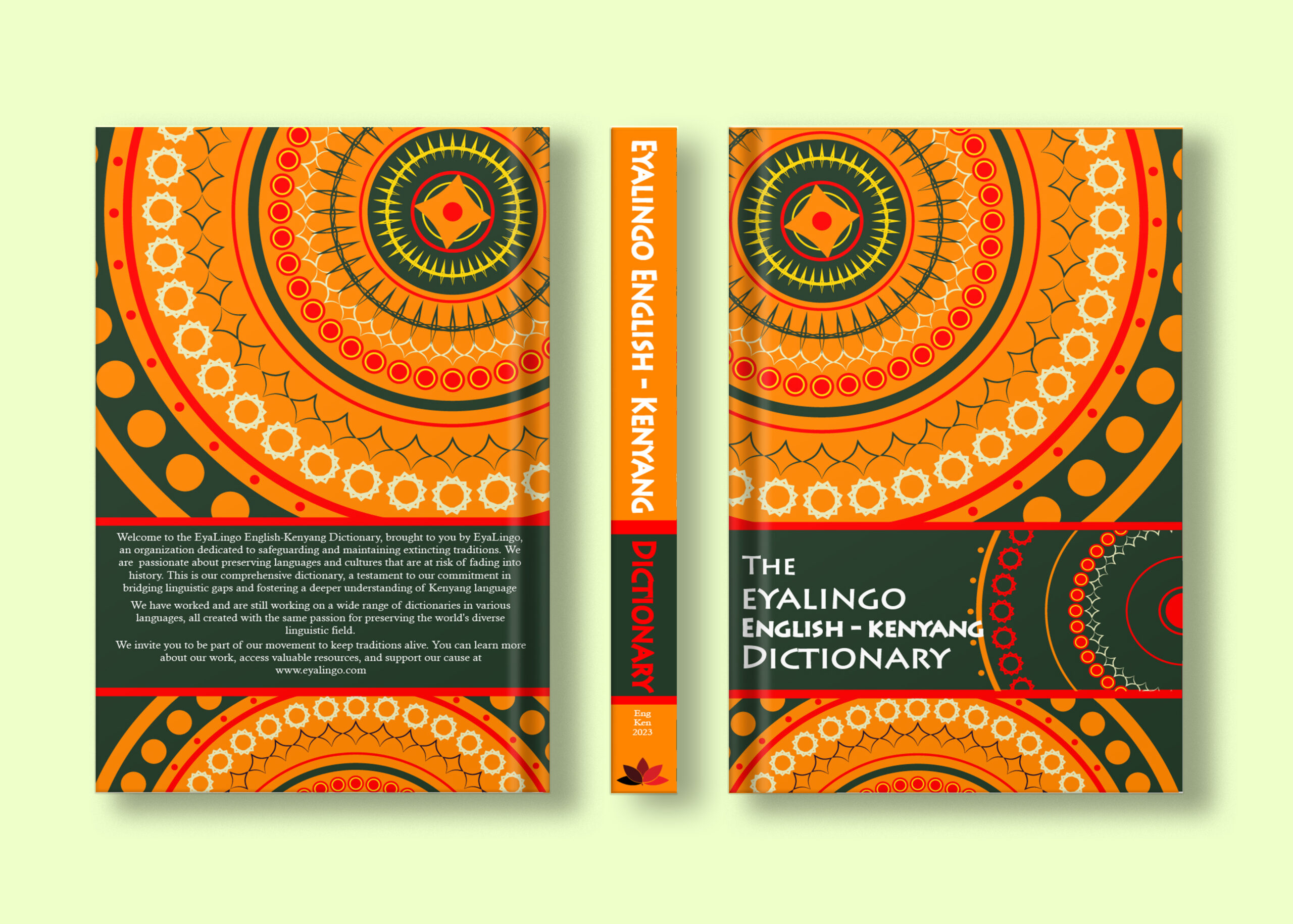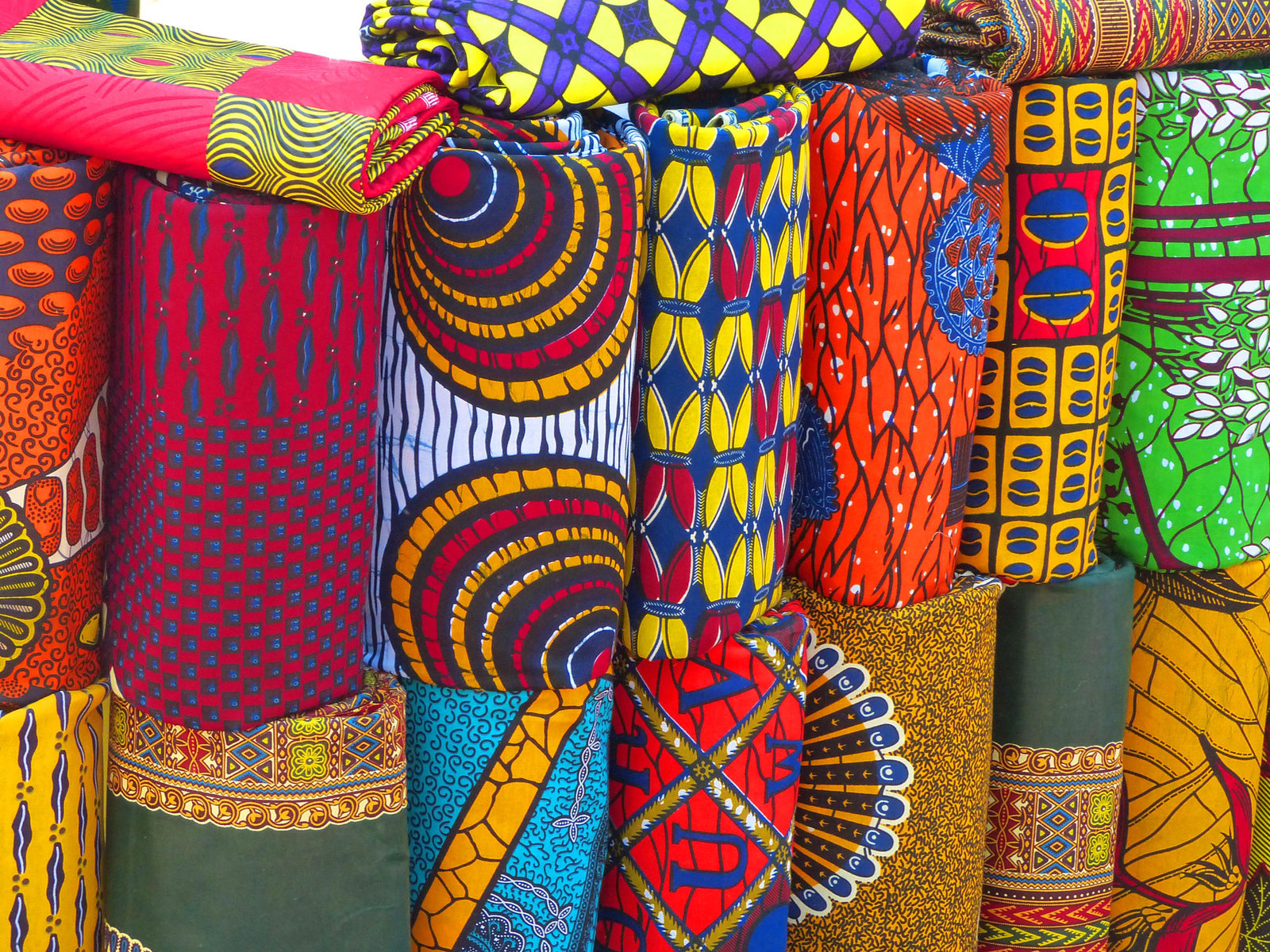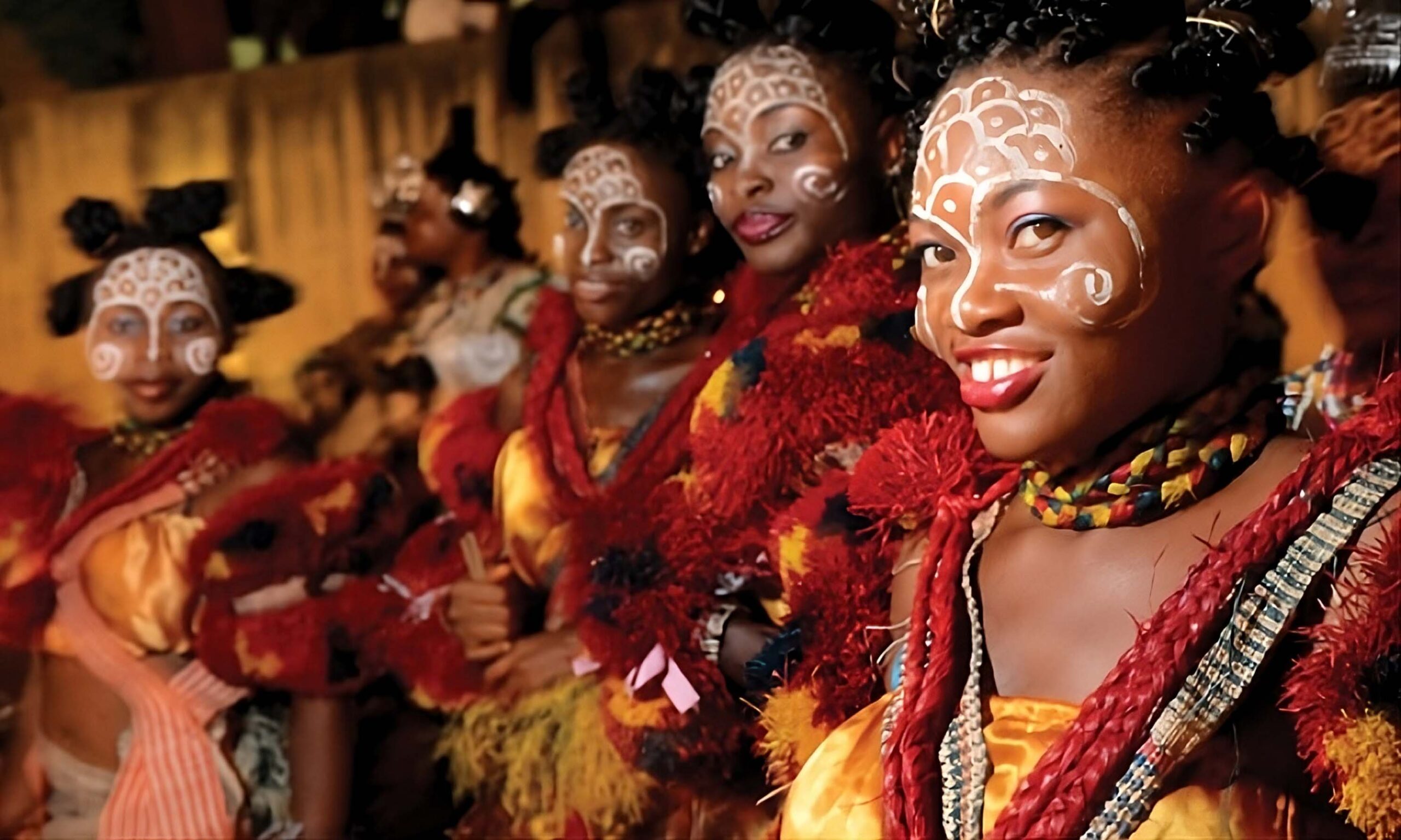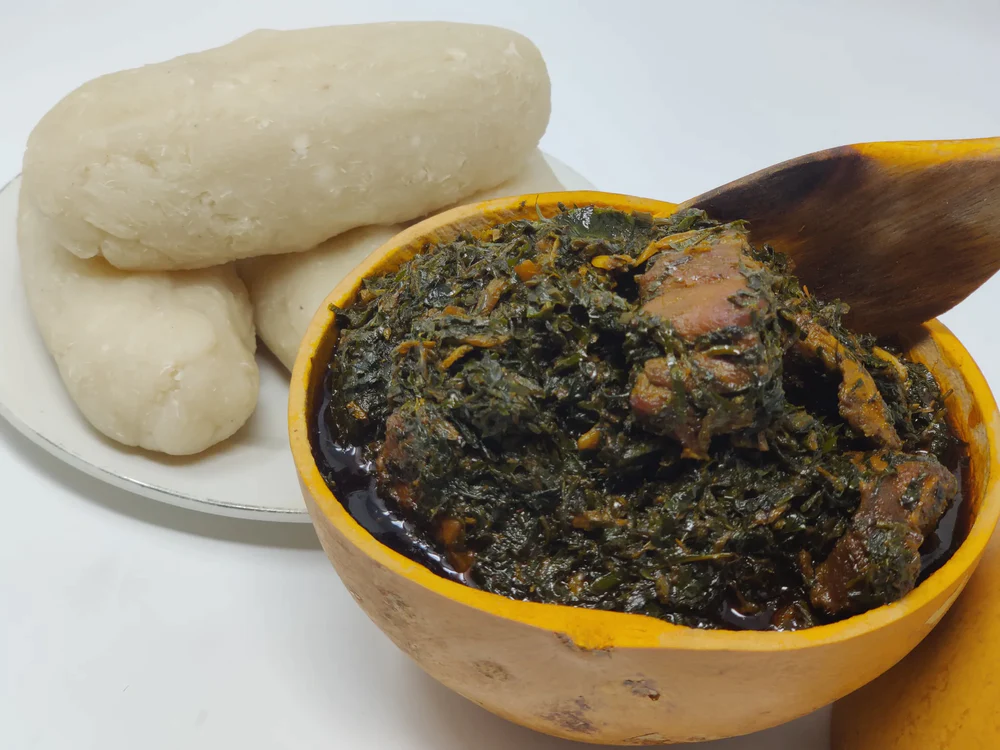The Bayangs
The Bayangi People and Culture
The Bayangi people have cultivated a cultural pattern deeply rooted in history. Their origins can be traced back to the expansive Kanem Borno Empire, connecting them to a heritage that stretches from Chad to Nigeria where many other Bantu languages are also spoken. In a region where Bantu languages have thrived for centuries, the Kenyang language emerges in its uniqueness and charisma.
They are a people from the Manyu division whose population stands more than 231,000 unofficially, with more than 230 villages in an expanse of land of about 9565 square kilometers.
The Bayangi community is diverse, comprising three main traditions: Bayangi, Ejagham, and Boki. At the heart of Bayangi culture lies the kenyang language, a language of Bantoid decent. It transcends mere communication, encapsulating the essence of the Bayangi people. The language has two closely related variants, the upper Banyang and lower Banyang and also the Kitwii. The people from the upper Bayang subdivision of Cameroon mainly speak the upper kenyang language. Lower kenyang is spoken in Mamfe Central and parts of Eyumojok subdivisions of Cameroon. The kitwii users are throse from around Manyemen.
Apart of this, there are other indigenous tribes around the Manyu division such as the Keakaas and Anyangs
The Bayangi people not only possess the rich the Kenyang language but also a unique connection to the enigmatic Nsibidi script. Nsibidi, often shrouded in mystery, is a traditional system of symbols and a quick pace of extinction. These symbols have been greatly pioneered by the Ekpe society.
The Bayangi tradition is vibrant and packed with numerous customs and practices. Beyond the Kenyang language and Nsibidi script, the Bayangi people hold other traditional dances like the Obasinjom, Nyankpe, Moninkim and many more in high esteem. These dances are not only forms of artistic expression but also serve as a means of connecting with the spiritual and natural world. Each step, rhythm, and movement in these dances carry echoes of tradition, connecting the Bayangi community to their ancestral roots and fostering a profound sense of unity and cultural continuity.




The Kenyang Language
This is our Eyalingo English-Kenyang Dictionary, a linguistic bridge between English and Kenyang, designed to enhance communication and understanding. Unlock the richness of Kenyang language and culture with this comprehensive tool, fostering connection and learning.
Attires
Attire is a strong tool of attribution in cultures. We have gathered a series of worth having vestments that speak loud of our heritage.
Access our shop, where you will find original Bayangi traditional outfit.


Dance and Rythm
Dance, a universal language of expression, transcends boundaries and cultures, telling stories through movement and rhythm. It is a vibrant canvas where emotions find their voice, celebrating joy, love, and even sorrow. From traditional rituals to contemporary choreography, dance connects individuals, communities, and histories, embodying the spirit of human expression in motion. It is safe to say the bayangi people understood this art. From the Ekpe, Moninkim, Newen and many others accompanied by powerful chants, the culture's greatness can't be undermined when dance and rythm is voiced.
Culinary
The Bayangi people hold a strong identity from their food. From eru, waterfufu, tanchot soup, it is safe to say the mastered their perfect art of culinary. With nation and continent wide tastes and flavours stand the test of of time. Check out our store to see these food stuffs, ingredients, spices and recipes
